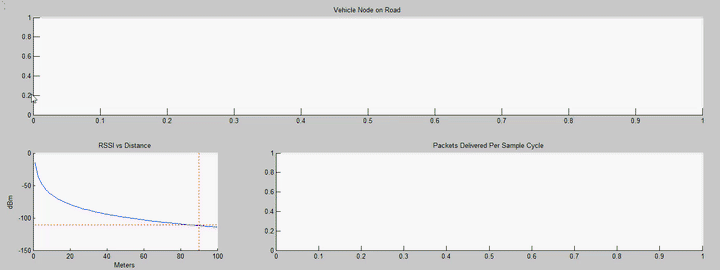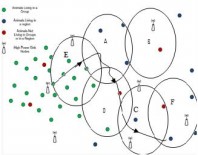Craig Graham Walker
|
Masters of Engineering (Hons), PhD Candidate Email: shiipz@xtra.co.nz Phone: +64 9 921 9999 Ext. 6218 Mobile: +64 21 488 449 |
Research Objectives
IoT Wireless Sensor Networks: Over the Air Programming
Many wireless sensor networks (WSN) require physical cable connection to reprogram the composite nodes. More advance systems currently in deployment have included a method of over the air programming (OTAP) by radio. Of these systems nearly all have a set method for code dissemination, some functional over Internet of Things (IoT) gateways, others reprogrammable locally and not through cloud connectivity.
Many fixed dissemination methods exist such as Deluge evolved from the Trickle method and others including MNP, XNP, Aqueduct, Sprinkler and Firecracker. Of these dissemination methods each is made of a number of dissemination techniques. Of the hundred or so dissemination methods currently deployed all are simply a combination of a selection of no more than 10 different techniques. These techniques are such as; Gateway or Self-Arbitrated dissemination, The use of Paging, Delta Updates and Free updates, The ability to handle Heterogeneous node networks and incorporation of Real Time Operating Systems (RTOS).
It can be suggested that a combination of these dissemination techniques can be best matched to a network layout be it a star topology or mesh topology. Different number of nodes or sizes of network also effect the selection of which techniques will produce the best result being the amount of time to reprogram a network and the amount of power usage during the reprogram event. There is also a desire to reduce the amount of broadcast storm occurrences and hidden node problems, both problems typical to OTAP methods.
By testing and quantifying the effect of each technique on different network topologies and different network sizes the contributing beneficial effect and drawbacks of each technique considered. This is underway both in hardware on real sensor networks at SeNSe laboratories as well as in simulation to push the techniques beyond what can be physically tested in experimental deployments. The outcome from this research will be an adaptive dissemination method that will aim to intelligently incorporate or disregard important techniques to achieve the best reprogramming result for any given fixed or dynamic network.
Conference Papers
-
Walker, C., Sivakumar, S. and Al-Anbuky, A., 2015, December. Data Flow and Management for an IoT Based WSN. In 2015 IEEE International Conference on Data Science and Data Intensive Systems (pp. 624-631). IEEE.
-
Walker, Craig, Al-Anbuky, Adnan. "OTAP Arbitration Effects in Randomly Deployed WSN's", Sydney, NSW, International Telecommunication Networks and Applications Conference, 2015.
-
Walker, C.G. and Al-Anbuky, A., 2013, November. Hunter friendly fire avoidance: Modeling a wireless solution. In Telecommunication Networks and Applications Conference (ATNAC), 2013 Australasian (pp. 19-24). IEEE.
Tools/Software/Testbed
Vehicle Sensor Network Mesh Protocol LED-WSN


















